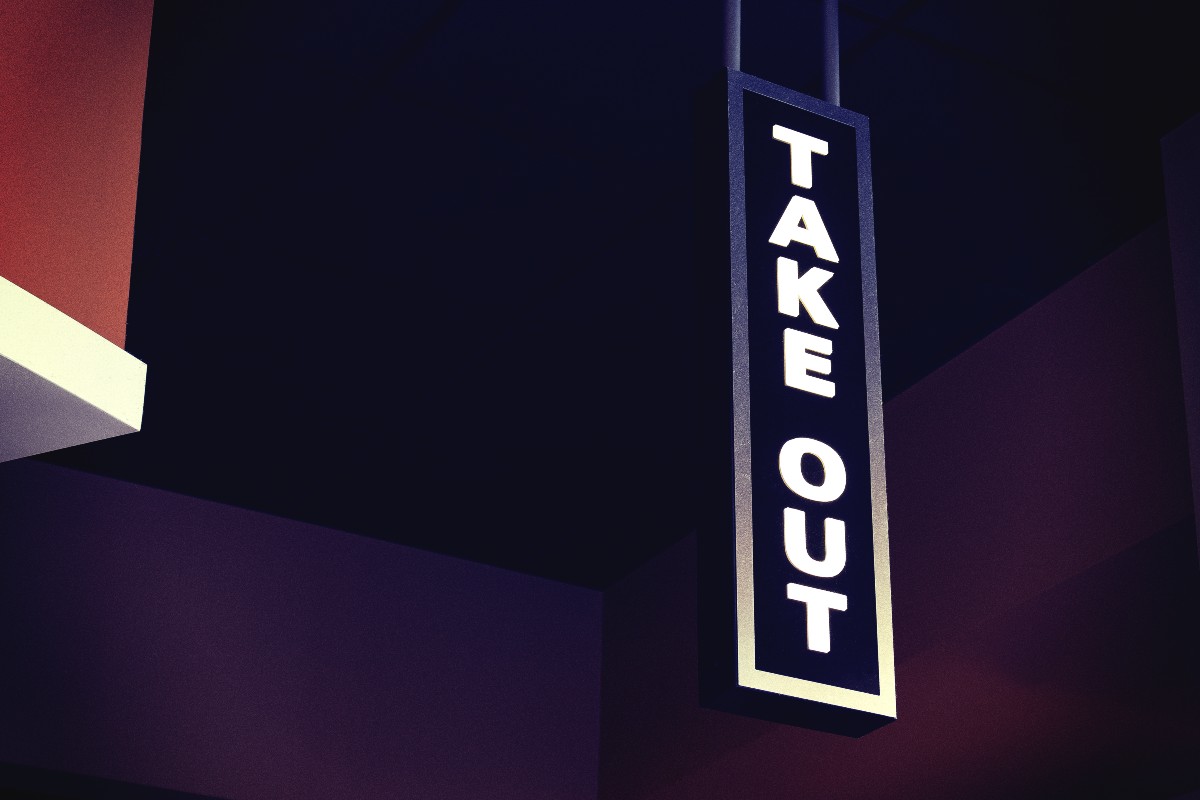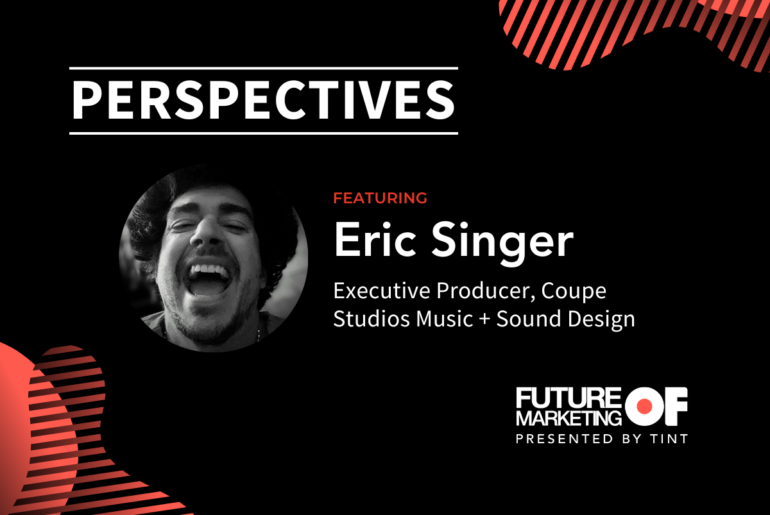As one of the most impacted industries in 2020, food and beverage companies had to pull all the creative stops to survive last year. When dining out shut down, the future of food and beverage was a guessing game.
What pivots would help them survive and which would run through their decreasing budgets?
Brands that pivoted to social media, curbside, to-go alcohol and home delivery minimized their risk of closing their doors. By using technology that was already in place, but hadn’t become so habitually adopted, they were able to keep their doors open (even if it was just to delivery drivers and pick up orders).
Now that the dust has settled and their doors are open to patrons again, there’s a new question to ask. What’s the new normal? As more users adopted delivery apps and to-go meals, the new normal breeds new consumer behaviors and expectations.
The future of food and beverage is now omnichannel.
Where is Food and Beverage Marketing Now?
Omnichannel communication, from social media to curbside, is now expected. Brands like Wendy’s, Burger King, and Chipotle are dominating social media and in-app ordering. We’re no longer seeing interns at the helm of social media—these companies are bringing in social experts to create an omnichannel presence across their digital channels.
After surveying leading brands on their 2021 goals, we found that the number one goal they had for their marketing channels was to increase engagement. Brands want more touchpoints with their fans, followers, and customers and are using influencer marketing, user-generated content, and employee-generated content to achieve it.
Chipotle’s online presence has strategically focused on user-generated content from their fans and customers. Their Instagram account repurposes UGC, like fan videos and memes, and garners around 30,000 likes per post. Chipotle is able to find, organize, and repurpose user-generated content to use across their marketing channels.
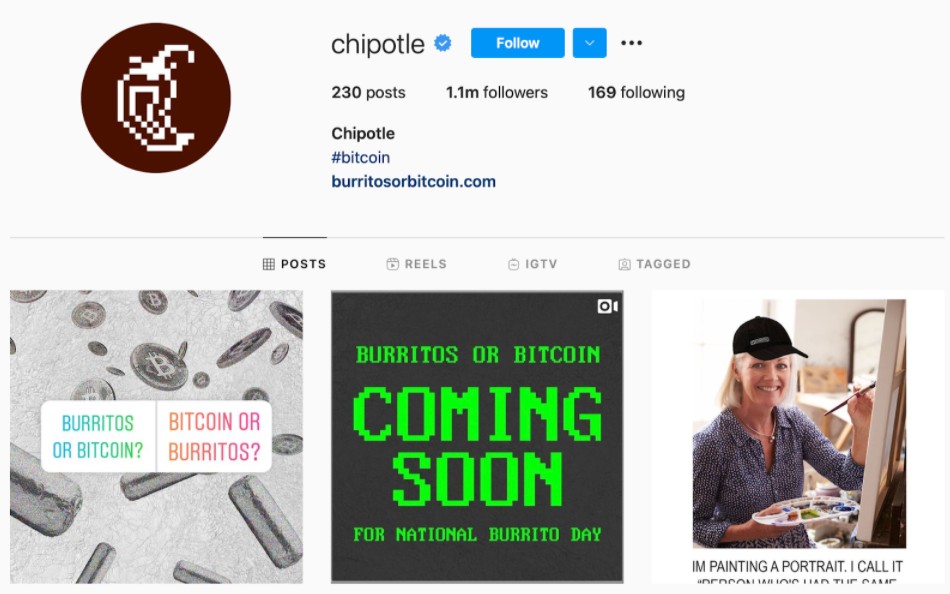
Dunkin’ has also doubled down on their omnichannel presence, focusing more efforts on their TikTok growth by partnering with mega-influencer Charli D’Amelio and turning their employees into nano-influencers. Their strategy of creating more marketing channels out of their influencer and employee relationships has sparked their customers to create even more coffee-related UGC for the brand.
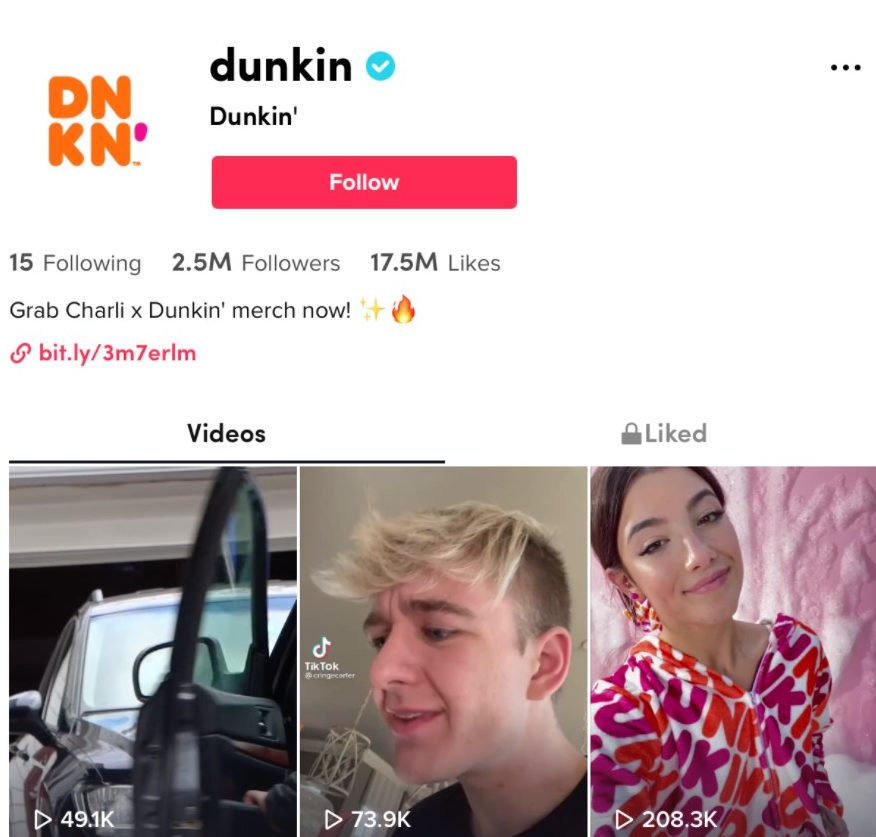
These brands had to rely on their digital channels while in-person experiences weren’t available. Their digital marketing strategies have created a new consumer-brand experience, where demands for a hyper-personalized, safe, and convenient journey will increase.
Post-pandemic, the question their marketing leaders have to ask themselves is: how do we create the most simple and convenient journey to turn potential buyers into customers?
The Future of Food and Beverage Marketing
Consumers are more marketing savvy than they ever have been before. They’re more familiar with retargeting strategies and wearier than ever to give out personal information. People no longer want to be sold to, they want to be given a positive experience that ends with a meal in their hands.
We’ve seen this experience take off with in-app ordering and gamification. By opening Postmates, users are prompted with games with virtual scratch-off tickets or spinning wheels that will give them an unspecified discount on their next purchase. Companies like Postmates are leaning heavily into the social model of gamification to increase their users, time spent on the app, and home delivery purchases of food and to-go alcohol.
What consumers are looking for is a new type of experience from the start of the customer journey to the end. They want to see the most engaging type of content on digital marketing channels and then they want to have a positive experience when it comes to purchasing (and not feel like they’re being sold to with marketing strategies they’ve become familiar with).
How can brands create a customer journey that doesn’t feel sales-y?
Chipotle partnered with a YouTuber to encourage people to create UGC about their Chipotle order. In return for submitting their orders as a TikTok video, people were entered to win the chance to have their Chipotle order featured on the menu. Chipotle’s partnerships with influencers and fans have brought in impressions, followers, an engagement that has been worth the high price tag of working with the YouTuber.
With Chipotle’s influencer marketing strategy, they’re not selling their burritos to customers. They’re making their customers part of the story and giving them their 15-minutes of Chipotle fame by creating UGC of their orders.
Food and beverage brands can use UGC for social listening. Social listening uses social media to listen to the conversations fans, followers, and customers are having about your brand or current events. Sometimes these conversations are positive, like Chipotle’s response to their campaign with David Dobrik. Other times brands get a chance to hop into the conversation, like Jeep’s brilliant monolith campaign last year.
And sometimes, these conversations help brands get out of hot water. Burger King recently felt the heat after turning a print ad with the title, Women Belong in the Kitchen, into a tweet thread. The first tweet of the thread used the headline of the print ad, Women Belong in the Kitchen, and continued to talk about Burger King’s Scholarship to help more women become Head Chefs.
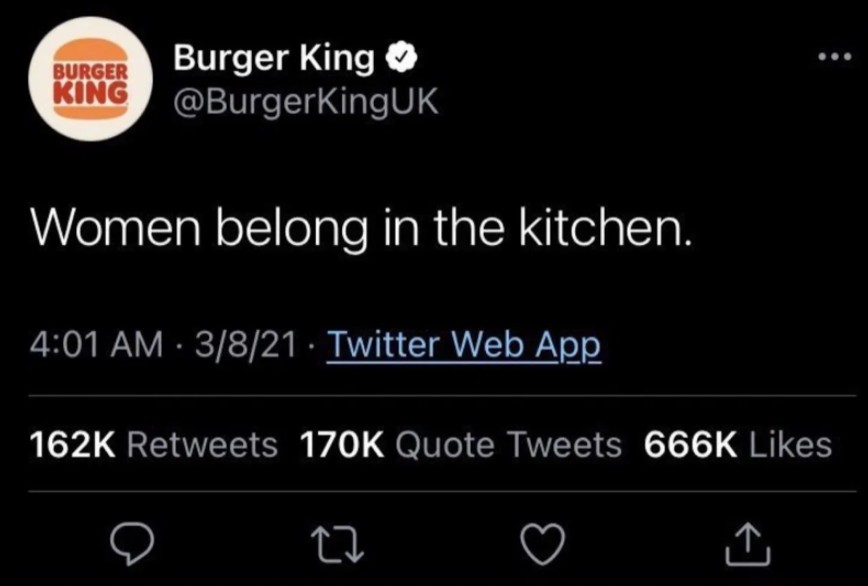
The problem was that social media read the title and didn’t like it. They felt that Burger King wasn’t achieving the goal they had set out for their campaign and that retweets and likes of the tweet only perpetuated the problem. With social listening, Burger King was able to apologize for missing the mark with their ad and delete the tweet thread.
The future of food and beverage marketing harnesses UGC to create an omnichannel presence that turns the buying journey into a fun, gamified experience while listening to their audience to ensure their campaigns are hitting the mark.
How Brands Can Prepare and Adapt to Marketing Changes
Here are some ways to take action on these new marketing strategies based on consumer behavior and technology adoption.
#1: Blend community with brand voice.
People want to see customers enjoying your food and beverages. They prefer to see UGC of customers having a safe and enjoyable experience with your brand than to see brand-created content.
#2: Identify ways to make the customer journey more intuitive and exciting
If your customer journey is too complicated, you’ll lose potential customers. If it’s a fun, gamified experience that highlights customers with UGC, people will talk about it without expectations.
#3: Use UGC and online conversations to understand consumer sentiment
Figure out what content your customers want to see more of and what opportunities you have. With UGC and online conversations, you can improve the customer journey and build brand loyalty and trust.
#4: Use UGC to seek feedback for your brand
People are already having conversations online about their hopes and expectations of being a customer with your food and beverage company. Find these conversations by searching relevant hashtags and engaging with existing customers through polls, questions, and social media to improve your marketing strategy and messaging.
The future of food and beverage in a post-pandemic world is to focus on engaging your audience and creating a seamless customer experience. Consider bringing in your customers’ voice to increase conversions, collect feedback, and maximize impact.
With UGC, you can avoid your campaigns feeling like another sales pitch and turn them into human-to-human experiences that give customers an experience worth talking about.
Subscribe here to receive weekly Future of Marketing insights and strategies.
